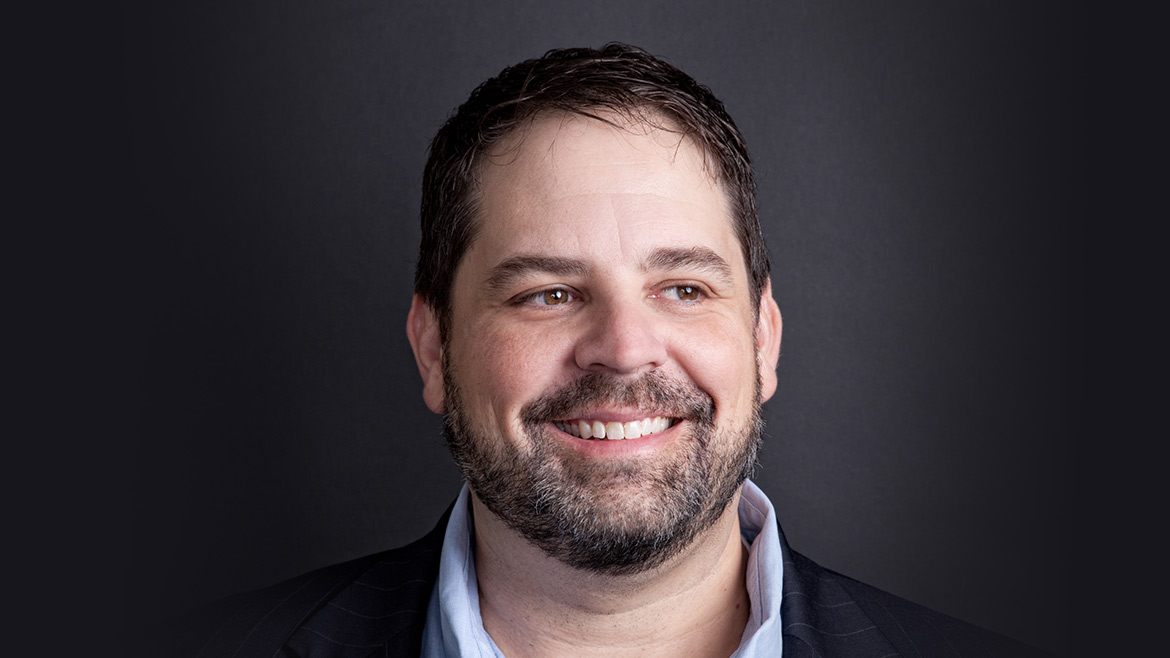CoMo Made

As the Columbia business community prepares for the new companies and fresh ideas to come during Innovation Week, CBT looked back at five startups who sprouted in our entrepreneurial community. With brilliant skills and a desire to solve problems, these companies helped create our startup ecosystem.
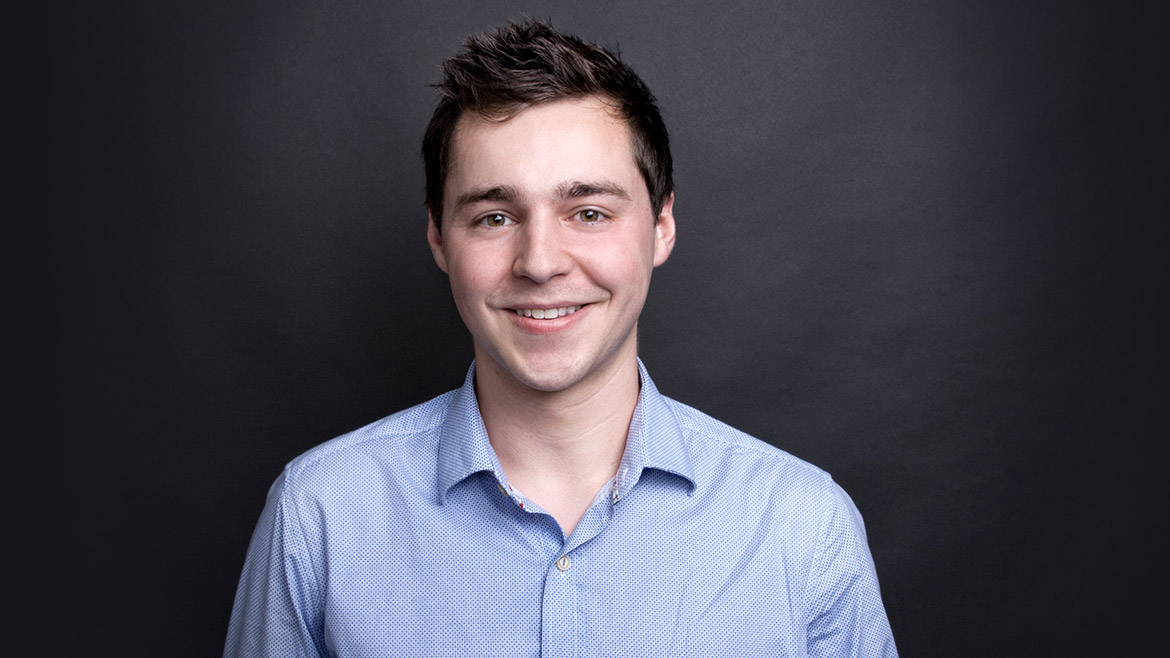
Safetrek
MU students use cell phones to battle campus violence.
Founded in: 2013
People to know: Zach Winkler (pictured), Natalie Cheng, Zach Beattie
Community connections: Winner of app development competition at the Reynolds Journalism Institute Tech Showcase, MU students
When you open your phone and click on the SafeTrek icon (which is a little cartoon phone, with arms and legs, holding a S-emblazoned shield and running), a little thumb-shaped button comes up on screen. It’s a reassuring dark turquoise color, with instructions posted just above: “Hold Until Safe!”
Once you hold and release the button, a second screen pops up. It’s a keypad with the direction “Enter PIN.” If you enter your PIN, that means you’re safe; if you don’t, then the police are notified and dispatched to your precise location, which the app tracks via GPS.
SafeTrek is an obsessively simple product, founded to be a simple solution to a common problem.
“The ideas came up based on the environment students reside in,” Zach Winkler says. Winkler, now a graduate of MU’s computer science program, built the app as part of the winning team in the 2013 Reynolds Journalism Institute Tech Showcase student competition. He and co-founders Natalie Cheng and Zach Beattie created SafeTrek to bolster public safety on college campuses, improving on the existing system of emergency blue-light telephones scattered across MU’s campus, which cost the school more than $50,000 per year.
“We thought that was ridiculous, because those poles are completely useless,” Winkler says. “When you’re in an emergency, you’re not going to run up to a pole and wait for help to arrive while someone is trying to attack you. It just doesn’t make sense. So we thought that the ‘hold until safe’ triggering mechanism would solve the problem better.”
In the early stages of development, SafeTrek’s design was leaked on social media. The company started getting thousands of emails from people asking when SafeTrek was going to be available in their city — they needed the app.
SafeTrek’s original business model was to partner with police departments, who could use the technology themselves to improve their dispatching system and accrue data on high-crime areas. But it became increasingly clear that SafeTrek’s greater value was on a personal level. Personal safety can be inherently reactive (you can generally only place a 911 call after an emergency has started happening). But SafeTrek is proactive: by pressing the little blue button on their phones, users can feel in control of their own well-being. This psychological comfort has made the app particularly popular with sexual assault and domestic violence survivors, Winkler says.
“We have people contact us, and it’s the same story every time, where people say ‘I’m a sexual assault victim, it’s happened multiple times, I have PTSD from it, and I can’t leave my house. But now that I have SafeTrek on my phone, it’s given me the confidence to actually go outside because I have a way to get help if I need it.’”
The company is working on integrating SafeTrek technology across platforms, with brands like Apple Watch or Tesla. A SafeTrek account currently costs $2.99 per month, which the company uses to staff their 24/7 call centers that monitor SafeTrek users and alert police if someone signals for help. The company hopes to offset some of the cost in the future by using their data to help any entity looking for public safety data, like a university looking to replace those blue emergency poles.
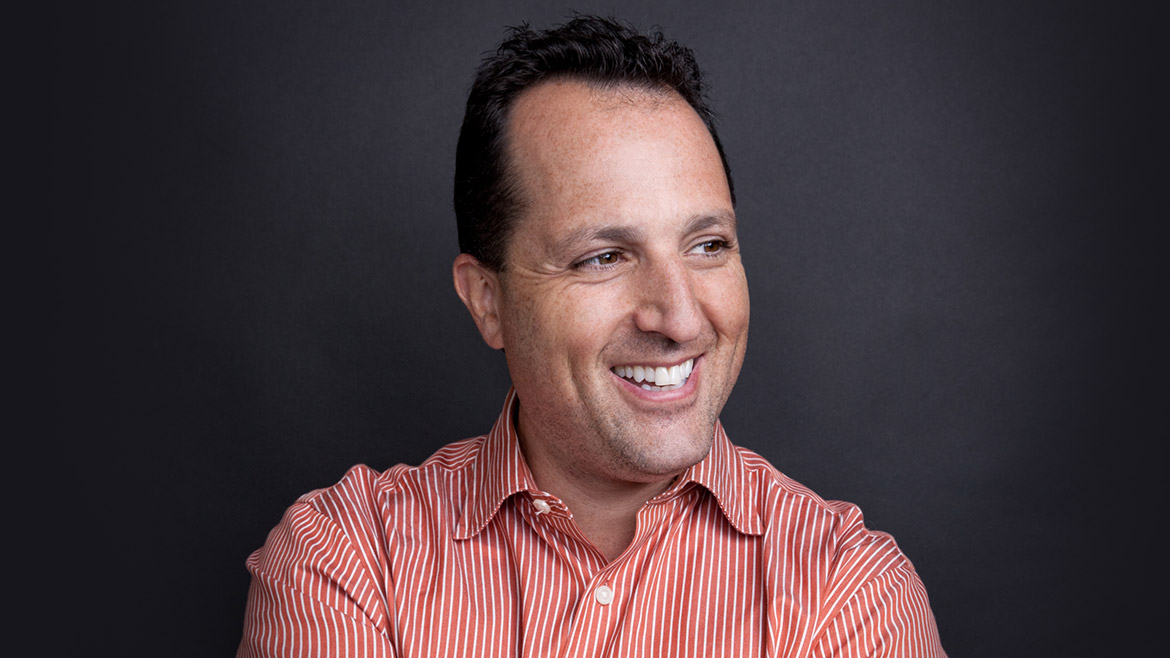
Foresite Healthcare
Blending artificial intelligence with medicine, Foresite wants to protect patients and doctors.
Founded in: 2013
People to know: George Chronis (pictured), Marjorie Skubic, Marilyn Rantz
Community connections: MU-licensed technology, Missouri Innovation Center client
In the best case scenario, doctor’s appointments are uneventful, but also a little inconvenient. A nurse or a doctor checks your vitals. Everything is fine. Then it’s over.
In the worst case scenario, doctor’s appointments are too eventful. An emergency takes you by surprise. The rest of your life stops.
Foresite Healthcare wants to cut back on both these scenarios. Through remote monitoring, the startup collects more patient information with fewer trips to the doctor, hopefully leading to proactive health strategies to prevent emergencies from happening.
“I always wanted to make a difference in this world, something that would actually help people,” says George Chronis, Foresite’s CEO and chief technology officer, “just put my little piece in there, and in the end, know that I assisted people a little bit in improving their quality of life.”
Chronis completed all his higher education at MU, finishing with a Ph.D. in artificial intelligence. In school, his advisor was Professor Marjorie Skubic, who collaborated with Marilyn Rantz, from MU’s nursing school, on monitoring technology to track health in seniors and prevent falls. They installed systems at TigerPlace, the MU-affiliated senior living community, with promising results. Skubic tapped Chronis, who had started a successful company called CyberSense, to bring the technology to market. “We’ve been marching hand-in-hand with the university on this,” Chronis says. “I just provide the expertise in commercialization.”
Foresite Healthcare licensed the technology from MU, which allowed them to keep sharing resources, and took up an office in the incubator at the Missouri Innovation Center.
Foresite uses sensors around the home —some pressure sensors, such as the ones on the bed, and some infrared-based, which are mounted in black boxes on walls — to constantly track vital signs and movement habits. Coupleing that data with artificial intelligence, the system can trigger warnings about fall risk, inactivity, or even illness.
Foresite has developed two products: Foresite Patientcare and Foresite Eldercare. Patientcare is for hospital use. It alerts hospital staff if a patient is moving too much or not enough. Staff members can also review tracking data to help prevent future incidents.
Eldercare is a more robust system, installed in senior living facilities. Eldercare includes everything in Patientcare, but it also features the illness detection technology. Often, the Eldercare system detects illnesses before the residents notice any symptoms.
“I think the products that we have are solid, but we’re always thinking about how we can get better,” Chronis says. “We’re moving forward and adding more features to the products we already have, and at the same time we’ve started doing some studies at homes, so we’ll have a third line of products that can be purchased for homes directly by the consumer.”
Foresite is expanding sales and refining their manufacturing. The next step is furthering their reach.
Chronis says Foresite’s technology is in everyone’s interest: fewer trips to the doctor, more data to treat patients. Chronis himself connects with Foresite’s customers.
“You know, that could be anybody,” he says. “That could be my father. It could be you and me in a few years. I wanted to have the satisfaction of contributing in helping our society.”
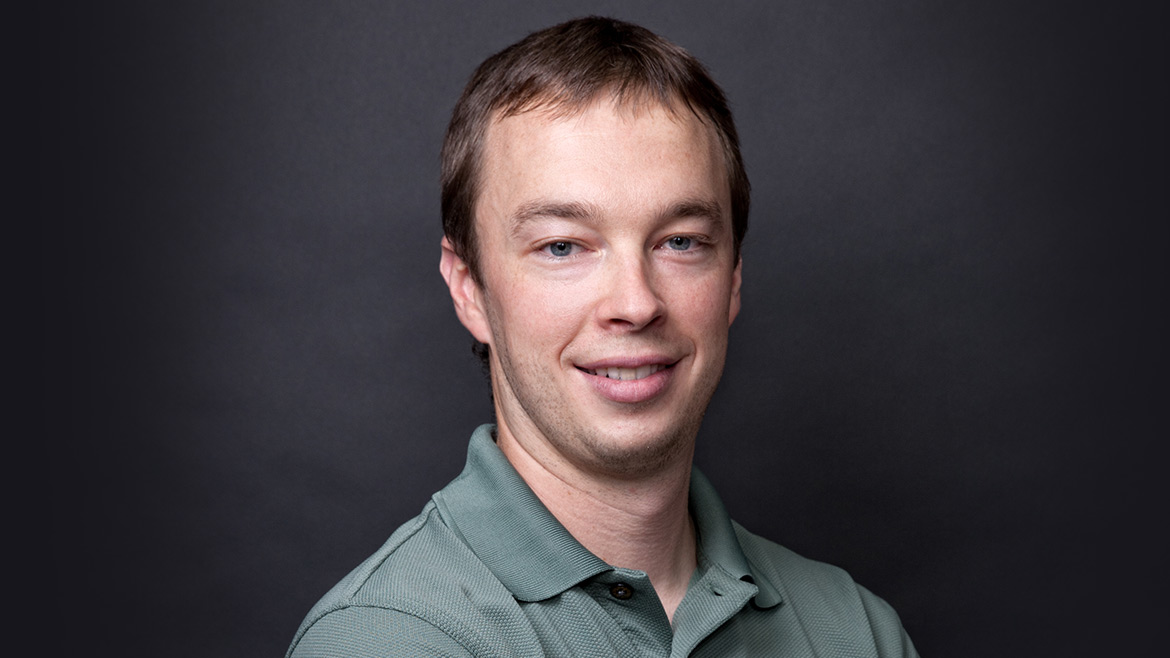
Beyond Meat
Saving the world, one faux chicken at a time.
Founded in: 2009
People to know: Ethan Brown, Justin Fuller (pictured), Harold Huff, Fu-hung Hsieh
Community connections: MU-licensed technology, manufacturing facility in Columbia
Manufacturers of faux meat, whether it be soy-based or something else, have the unusual job of trying to create a product that exactly mimics something that already exists. Usually, they fail. Usually, something about it feels off — the texture, the brittleness, the chewiness, something about it doesn’t seem like meat.
But Beyond Meat is really, really close. It earned a glowing review of realness (and ethical soundness) from New York Times food writer Mark Bittman; Twitter co-founder Biz Stone is a Beyond Meat investor and evangelist. This magazine holds the distinction of being one of the smallest publications to write about Beyond Meat: Wired, MIT Technology Review, and Slate, among many others, have all attested to the fact that Beyond Meat and its founder, Ethan Brown, are onto something big.
Brown refers to Beyond Meat as “meat from plants,” not as fake meat. He first came to Columbia to meet with Fu-hung Hsieh and Harold Huff, MU scientists whose names he had stumbled across while poring through research papers about fake meat production. Brown wanted to create a product that could replace traditionally raised meat, and he believed that Hsieh and Huff had it.
“I saw what they were doing and I was just blown away by it,” Brown says. “It’s more of a piece of meat.”
Lots of things taste like chicken; Hsieh and Huff created a product that feels like chicken on your tongue, what food critics call “mouthfeel.” It has the same chemical base as chicken too: proteins, amino acids, all the good reasons that people eat meat with none of the negative side effects.
Brown and others have attested to the complementary relationship between Hsieh and Huff (“Fu-heng is more theoretical, while Harold is more of a practical thinker,” Brown says), and once Brown’s vision for a supermarket-ready, plant-based meat entered the mix, the company’s future began to take shape. Beyond Meat entered into a licensing agreement with MU, who enthusiastically supported the businesses; Beyond Meat’s investment in the community came in the form of their manufacturing facility off Vandiver Drive.
“The university has been a phenomenal partner,” Brown says. “They could have easily licensed this off to a very big company, but I think they saw that we had a passion for this, and they made a decision.”
Beyond Meat products (chicken, beef, burgers) are starting to become more widely available. Brown’s goals for the company are bigger: he wants Beyond Meat to be sold at mainstream supermarkets, right alongside regular meat. He doesn’t want another hip alternative for affluent vegans; he wants affordable protein for everyone.
“You have to have the recognition that you can always be better,” Brown says. Critics have pointed out that Beyond Meat’s taste isn’t quite identical to real meat. But that’s a small fix in comparison to the company’s scope. A widely available meat substitute could, in the long-term, cut back on the environmental detriments associated with meat farming: inefficient land use, methane emissions, water waste. And maybe that’s Beyond Meat’s real mission – save the world with fake meat. “There’s lots of reasons to be very passionate about this,” Brown says. “I think that makes people highly motivated. It lets them believe in what they’re doing.”
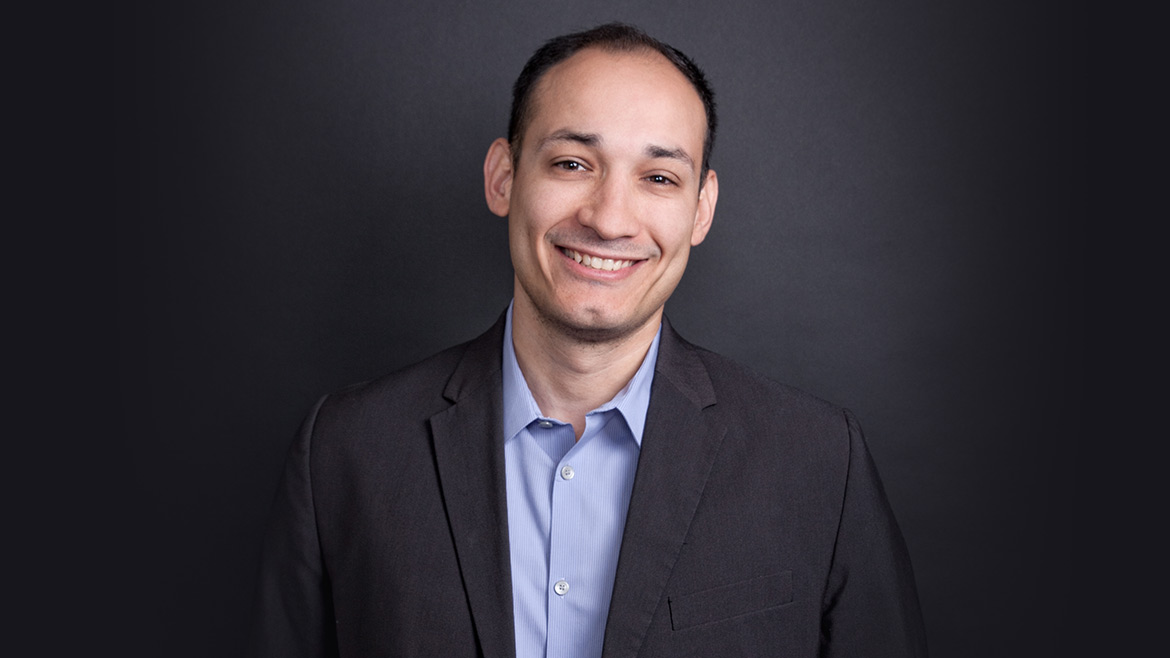
EternoGen Aesthetics
Launching a European medical aesthetics company from mid-Missouri.
Founded in: 2010
People to know: Luis Jimenez (pictured), Sheila Grant, Anna Tenstam
Community connections: Missouri Innovation Center client, MU research, collaboration with Crosby MBA program
To get from Stockholm to Columbia (a trip he makes often), Luis Jimenez lands in Chicago, then a train to St. Louis, then a car to Columbia. It’s a tough trip. Leading an international medical aesthetics startup is a tough job.
On a recent trip, Jimenez got back to Columbia at 4:00 a.m. A few hours later, he checked in at EternoGen’s lab at the Missouri Innovation Center, then drove to his office, on Buttonwood Court, to start his day of work. Jimenez joined the company while still an MBA student.
“I always planned on doing a startup company in my life,” he says. “That was always my plan and my vision. I wanted to get the technical skills to produce things, and then couple that with the business skills I was getting my MBA for. Well, to my surprise . . . I never expected it to happen the first semester I was in the MBA program.”
Jimenez, with a background in medicine and pharmaceuticals, enrolled in the high-growth venture class in MU’s Crosby MBA program, in which teams of students develop business proposals for real companies. Jimenez worked with research from MU professor Shelia Grant, who was developing an injectable collagen to repair damaged joints. Eventually, Grant and others in the university began to see the collagen’s potential as an aesthetic product (skin loses collagen over time, which leads to wrinkles). Jimenez stuck with the project; his team won the class simulation and then entered their proposal in the Rice Business Plan competition. EternoGen was becoming a legitimate company, with Jimenez as its executive leader. EternoGen named Jimenez interim CEO in 2010, a year after he started his MBA.
Like many entrepreneurs, Jimenez moves fast. He speaks with a quiet, direct speed. He fidgets slightly when he talks. “Things never go as fast as I’d like them to happen,” he says. “I think things never go as fast as an entrepreneur would like them to happen.”
But for a company facing as many regulatory hurdles as EternoGen, things have moved fast. The company started working with the Missouri Innovation Center, where Jimenez had been a graduate assistant, and they continued to use MU’s support to grow.
“We’ve been able to find talent here,” Jimenez says. “We’ve hired our graduates from the Ph.D. programs in engineering, and that’s cool, and even attorneys . . . we’ve been able to meet our milestones from what we have here. The resources have been here, and the support has been here.”
But the market is in Europe. EternoGen’s hurdles are lower in Europe, with looser regulations. In 2014, Jimenez became president and COO, making way for new CEO Anna Tenstam, an executive with an impressive track record and industry connections in aesthetic medicine. EternoGen set up a base in Stockholm — and Jimenez became a frequent international traveler.
EternoGen is planning on getting final European approval for their product within 12 months. They’re fine-tuning manufacturing, preparing for the growth spurt that will follow approval. “Once we flip the switch, we’ll be off and running,” Jimenez says. “So I hope to have lots of positive news in the next year about how we’re becoming one of the exporters from Missouri out to Europe.”
MedSocket
Getting the world’s medical data in one convenient place.
Founded in: 2013
People to know: Karl Kochendorfer, Matt Botkin (pictured), Jayne Williams
Community connections: Office in Columbia, Startup Weekend 2012 third place winner
Give him credit for persistence. 25 years ago, Karl Kochendorfer told himself that he was going to combine computers and medicine. In 2012, he founded MedSocket.
Mission accomplished. MedSocket is a health care IT company that makes it easier to share information between patients, doctors, hospitals, and pharmaceutical companies. Kochendorfer started developing the technology in 2000; for six years, he developed the product on his own time and with his own money while working as a physician in Chicago.
“I was doing the programming, I was taking out the trash, I was trying to raise money,” Kochendorfer remembers. “But really, you need to have a good team to really move things forward.”
Kochendorfer found his team in Columbia and at MU, where he started working in 2006. MU encouraged Kochendorfer to develop his product as an employee of the university, while working as a family physician; he found other people who were interested in his calling, and interested in supporting it. He added Matt Botkin as COO, who became a co-founder and now runs operations in Columbia. In 2012, MedSocket took third place in Startup Weekend. MedSocket collected $667,000 in investments from Missouri, including $100,000 from the UM System and $166,500 from Centennial Investors, a local angel investment group. MU Health was an early adopter of MedSocket’s technology.
“I had never had that in Chicago before,” Kochendorfer says. “It wouldn’t have happened had we not [been in Columbia]. And again, we connected with the team, we had a Startup Weekend, we found more team members . . . It was huge.”
MedSocket has four product lines, each focused on a different problem in the process of medical care. Their first was the clinical decision support system, or 1-CDS, which doctors can use as a comprehensive search engine that gives real-time feedback to a patient’s medical record. Other products are focused on educating patients about prescription use or home care; their medication savings program, called MedSocketRx, links pharmaceutical companies with potential discounts or rebates to patients who need the medication.
Kochendorfer has since left MU to be the chief health information officer at the University of Illinois, which took him back to Chicago. He’s using his new post to bring MedSocket’s footprint to a new area while the rest of the team continues to operate in Columbia.
That MedSocket’s concept still seems innovative, sixteen years after it was conceived, speaks to how hard Kochendorfer’s calling — combining computers with medicine — is to accomplish. He now mentors other startups, hoping that his experience can help make their path a little easier.
One story he tells now is his “Tale of Two Technologies.” One tale is him recounting working on his own: 14 years to get a patent issued, costing more than $50,000 of his own money. The other tale is of him working on his product as an employee at the university, sacrificing nothing but time and getting a patent in three years, with hundreds of thousands of dollars in investments. Those sacrifices speak to the entrepreneurial experience.
“That’s part of it,” Kochendorfer says, “just the perseverance to see something through after six months or a year or whatever.”
After all, a calling is a calling. You have to follow it. It may not be easy or quick, but it’ll be worth it.



